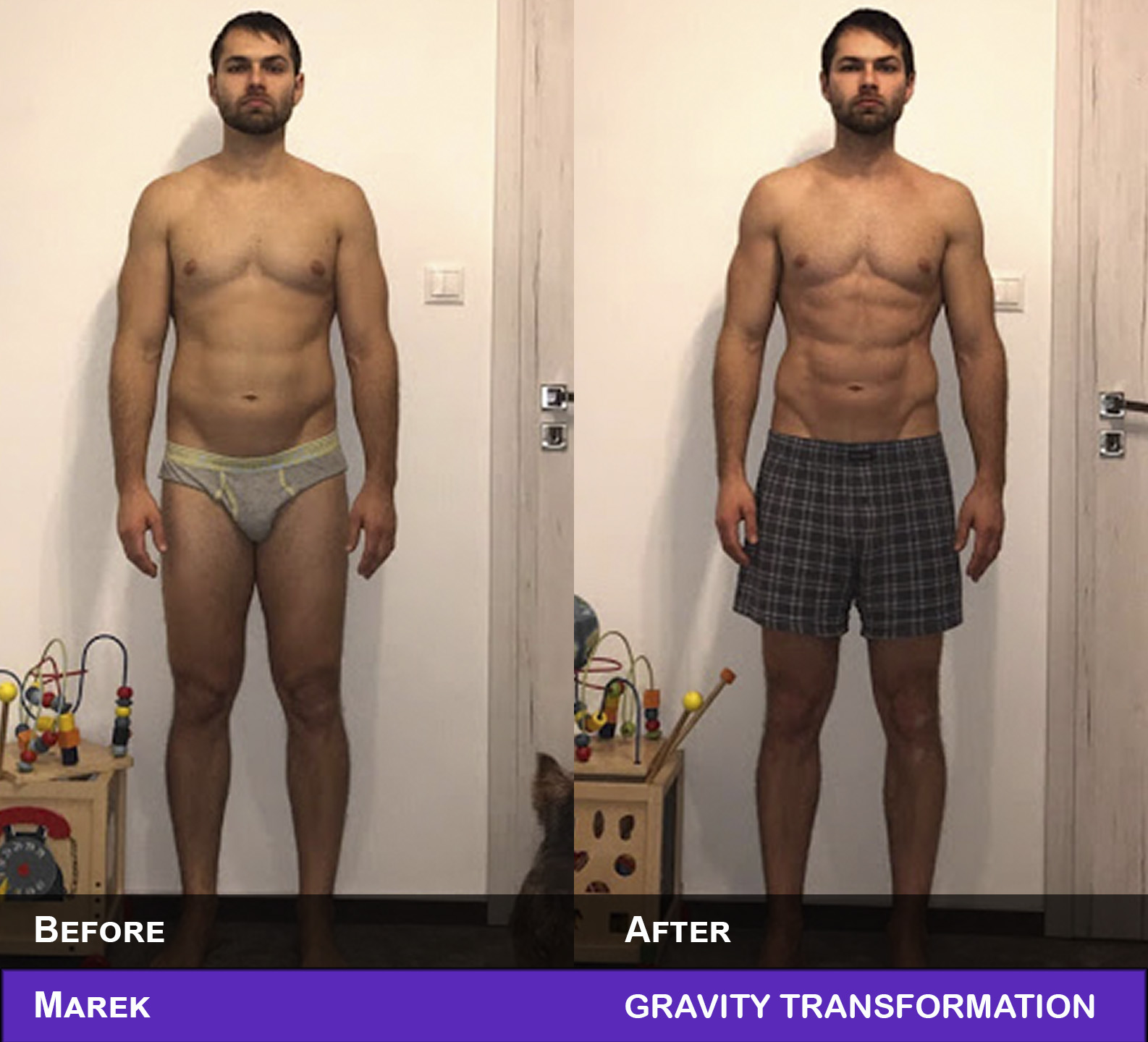5 Ways To Reduce Muscle Soreness
Whether you find yourself holding on to both railings as you drag yourself up a flight of stairs, or you’re barely able to raise your arms up over your head to brush your hair, or even worse you find yourself trying to hold on to anything as you lower yourself down to a toilet seat, the cause is always the same…muscle soreness. And even though we can try to tough it out and ignore the pain we feel while recovering from a difficult workout muscle soreness can really get in the way of our lives. When you’re really sore not only do you become less functional with simple day-to-day tasks like sitting down and standing up but you also wind-up delaying you’re next intense workout session because you need to take extra days off to fully recover. And this can definitely slow down your progress because training frequency or the amount of days per week that you can once again break down an already repaired muscle is a very important factor that contributes to your overall results. And Even if you do force yourself to exercise while your muscles are sore chances are very high that you won’t be able to perform at a high intensity making it more difficult for you to progressively overload your workouts, once again slowing down your progress.
So in today’s video, I want to go over the five best ways to relieve muscle soreness as fast as possible so you can get back to living your life without feeling like you’re handicapped and so you can perform at your best during all your workouts. The first thing that most trainers and experts will tell you to do is to stretch the muscles you’ve worked immediately after your workout. This has been considered by many to be your first line of defense against soreness. And even though you definitely should stretch after every workout to keep your muscles from getting tighter over time and to prevent the risk of injury in the future, it turns out that stretching doesn’t really help with soreness. A series of randomized studies suggest that whether you stretch your muscles before, after, or both before and after exercise, it doesn’t produce clinically significant reductions in doms which stands for delayed-onset muscle soreness.
Foam rolling, on the other hand, has been shown in studies to be a lot more beneficial so this is the first thing you’ll want to do. Foam rolling is also known a self-myofascial release and it essentially allows you to give yourself a message. Most gyms have foam rollers and if your gym doesn’t have one you can get one for very cheap off of Amazon. But the 2 main goals of foam rolling is to stretch and loosen the fascia around your muscles and to decrease the intensity of sore spots found around the muscles in order to move more freely. It’ll result in decreased muscle and joint pain increased circulation and improved mobility. But it’s important that you’re doing it correctly for it to be effective. You’ll want to start by rolling up and down the muscles that you just worked.
Make sure you do this slowly. When you find sore spots, stop and just sit on those sore spots for 20 to 30 seconds before continuing. You want to do this gently using your hands to support your body weight to not put too much pressure on those spots. Some people make the mistake of finding the painful spots and sitting on them for 5 to 10 minutes at a time thinking that more is more. This is totally wrong as it can create further inflammation, 30 seconds at a time is really the most you want to do before leaving that sore spot and possibly coming back to it later. You also want to spend extra time rolling out the parts of the muscle closer to where they connect to your joints. Now foam rolling is something that you don’t only want to go directly after your workout to help improve blood flow and circulation, but you also want to…
Check out my Marek’s transformation where he put on a whole bunch of muscle.

My passion for fitness began when I was 14 years old. I naturally fell in love with training and haven’t stopped since. At 18 years I acquired my first personal training certification from ACE after which I opened my first of 3 transformation studios in 2011. I love to share my knowledge through personal training, my online courses, and youtube channel now with over 3,000,000 subscribers! I can happily say that we've helped over 15,000 people get in great shape over the years. I'm always here for my customers so if you need help don't hesitate to send your questions to support@gravitychallenges.com

